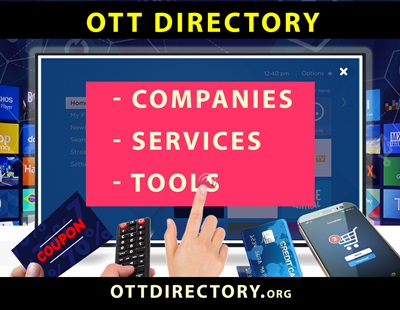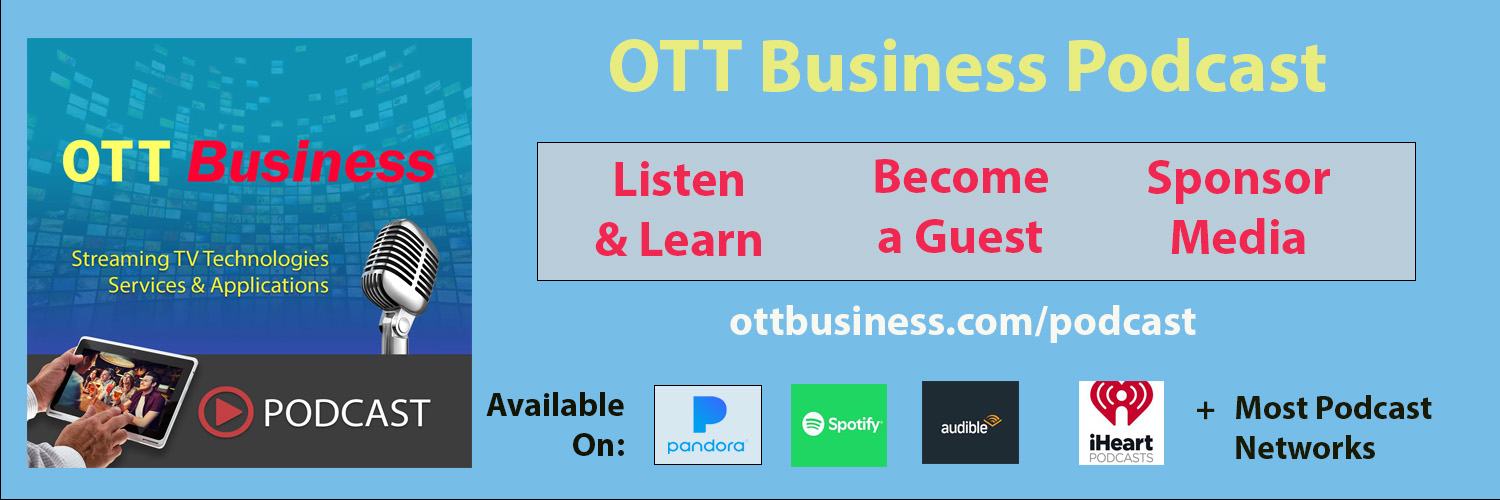<summary description>
AI Video Metadata Generators

AI Video Metadata Generators List
<html list>
AI Video Metadata Generators Key Features and Capabilities
Adaptive Learning
Adaptive learning is the machine learning capability that enables AI video metadata generators to improve accuracy and refine their tagging algorithms based on user feedback and data over time. This feature is essential as it ensures continuous enhancement of metadata quality, allowing the system to adapt to evolving content types and industry needs.
AI Automatic Updates
This feature ensures that the AI system receives regular updates to its algorithms, keeping it aligned with the latest technological advancements and media content trends. Regular updates are crucial as they help the AI stay competitive, adapt to changes in media formats, and maintain optimal performance.
Analytics and Reporting
Built-in analytics and reporting tools provide insights into the performance and effectiveness of the generated metadata. This feature is important as it allows content managers to assess the impact of metadata on discoverability and user engagement, facilitating data-driven decisions for content optimization.
Audio Analysis
The ability to detect and analyze audio elements such as music, dialogue, and sound effects is an essential feature of AI video metadata generators. This capability enhances the metadata by adding detailed audio descriptions, which are key for creating a comprehensive content profile that boosts searchability and accessibility.
Batch Processing
Batch processing allows for the efficient handling and simultaneous processing of multiple media files. This feature is valuable as it saves time and resources, enabling content teams to scale their operations and manage large volumes of media content seamlessly.
Custom Taxonomy
The flexibility to incorporate custom taxonomies tailored to specific company needs helps align the metadata generation process with unique business requirements. This feature is essential for organizations aiming to maintain consistency with their content classification standards and improve workflow integration.
Customizability
This feature provides options to tailor the tagging and categorization rules to suit specific industry needs. Customizability is important because it allows companies to define their metadata requirements, ensuring that generated data aligns with their content strategy and enhances their unique user experience.
Data Security and Compliance
Adherence to data privacy regulations and the protection of sensitive information are critical aspects of AI metadata generators. This feature is vital for ensuring that content management practices comply with legal standards and safeguard user data, thus maintaining trust and credibility.
Image Recognition
Advanced image recognition allows the AI to identify and tag visual content, including scenes, objects, and faces. This feature is crucial for providing detailed visual metadata, which helps enhance the searchability of video content and improves user navigation and content recommendations.
Media Content Types
Support for different types of media, such as video, audio, and images, is essential for comprehensive metadata generation. This feature ensures that the AI can handle diverse content formats, making it versatile and effective across various media management scenarios.
Media Contextual Understanding
The ability to understand the context of media content ensures more accurate and meaningful metadata generation. This feature is essential as it helps avoid misinterpretations and ensures that the metadata reflects the true essence of the content, enhancing its relevance and searchability.
Metadata Standard Compliance
Compliance with industry-standard metadata frameworks, such as Dublin Core and MPEG-7, ensures that generated metadata meets recognized benchmarks. This feature is important for promoting consistency, facilitating interoperability, and making content more accessible across various platforms and systems.
Multi-language Support
The capability to analyze and generate metadata in multiple languages enables global reach and accessibility. This feature is particularly valuable for international content providers, allowing them to engage audiences across different regions and languages effectively.
Multi-Modal Analysis
Multi-modal analysis refers to the AI’s ability to analyze various media elements, such as video, audio, and text, simultaneously. This feature is important for generating holistic metadata that captures all aspects of the content, resulting in a richer and more accurate media profile.
Noise and Irrelevance Filtering
This feature minimizes the generation of irrelevant or redundant tags to maintain high-quality metadata. Noise filtering is critical as it reduces clutter, ensuring that only pertinent and useful tags are added to improve content discoverability.
Real-time Processing
The ability to process and generate metadata in real time is essential for live broadcasts or fast-paced media environments. Real-time processing is important as it allows content providers to keep up with immediate content updates and deliver timely, relevant metadata.
Semantic Analysis
Semantic analysis involves understanding the relationships between tags and keywords to produce richer, context-aware metadata. This feature enhances the quality of metadata by ensuring that it reflects the meaning and nuances of the content, improving content organization and search functionality.
Voice Recognition
The AI’s ability to transcribe and tag spoken content within audio and video files ensures that dialogue and spoken elements are accurately represented in the metadata. This feature is essential for improving content searchability and accessibility, especially for users relying on audio-based queries.
AI Video Metadata Generators Glossary
Application Programming Interface (API) – A set of protocols and tools that allows different software applications to communicate and interact with each other, essential for integrating AI metadata generators with existing OTT platforms.
Artificial Intelligence (AI) – The simulation of human intelligence by machines, used for analyzing and processing data to make decisions or automate tasks.
Automated Tagging – The process of using AI to automatically assign tags to media content based on analysis, improving efficiency and accuracy in content management.
Categorization – The process of organizing media content into defined classes or groups to improve user navigation and content management.
Content Discovery – The process of finding and accessing media content easily, often enhanced by well-structured metadata.
Content Management System (CMS) – A software application used to create, manage, and modify digital content, often integrating AI tools for enhanced metadata management.
Data Processing – The collection, manipulation, and analysis of data to produce meaningful information, crucial in the generation of metadata for media content.
Descriptive Metadata – Information that describes the content and attributes of a media asset, such as tags, categories, and keywords, to make it more searchable and organized.
Entity Recognition – The identification and extraction of specific entities, such as names, locations, and dates, from media content for metadata generation.
Keyword Extraction – The automated process of identifying and pulling out relevant keywords from a media asset to improve search engine optimization and content discoverability.
Machine Learning (ML) – A subset of AI that enables systems to learn from data and improve their performance over time without being explicitly programmed.
Metadata Schema – A structured framework that defines the organization and structure of metadata elements, crucial for standardizing metadata practices.
Natural Language Processing (NLP) – A branch of AI that helps computers understand, interpret, and generate human language, often used for analyzing and tagging text-based or speech content in media.
Over-the-Top (OTT) – The delivery of video, audio, and other media content directly over the internet without the need for traditional cable or satellite services.
Search Engine Optimization (SEO) – The practice of optimizing content to make it rank higher in search engine results, often supported by metadata generation to enhance content visibility.
Semantic Analysis – The process of analyzing content to understand the meaning and context, enhancing the accuracy of metadata tagging.
Structured Data – Data that is organized in a clear, predictable format, making it easier for AI to analyze and generate useful metadata.
Tagging – The practice of assigning descriptive labels or keywords to media content to improve organization, discoverability, and user navigation.
User Experience (UX) – The overall experience a person has when interacting with a product or service, significantly improved by accurate metadata that facilitates content discovery.

